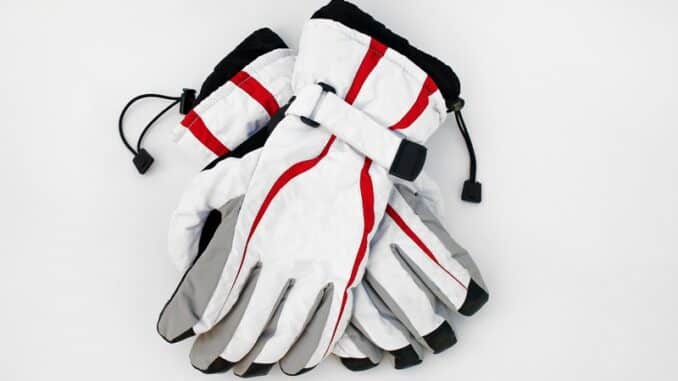
When we think about ski gear it’s often skis, jackets, helmets, boots and goggles that spring to mind first. However, important to think about are good quality socks and gloves because you don’t just wear any old socks and gloves on when skiing, you need to consider warmth and protection.
Socks – generally the priority is warmth and you will need a close fit and extra cushioning pair for obvious reasons. A good pair of snow sports socks will enhance your performance believe it or not. Choose a pair with a combination of wool and a blend of synthetics and they need to be comfortable. If you’re a snowboarder opt for a pair of high-performance compression socks with reinforcement underfoot to help cushion the blow of a hard landing.
Comfort is a key factor and a good ski sock will have extra padding in high-pressure areas and seamless toes, plus they will be labelled left and right. Some ski socks have minerals embedded in the fabric that convert the heat that’s generated as you ski and it helps increase the oxygen supply to your muscles, in turn, this means you can ski for longer and the muscles don’t tire as easily. This process is known as Infrared which also keeps cold feet warm by improving the blood circulation.
For those who are prone to bruising or sensitive shins, you can buy socks that have pockets where you can place a pair of gel pads into them for extra protection and they help to reduce friction and pressure the extra padding help to protect ankles too. These types of socks are not cheap but its worth investing in a few very good pairs of socks for warmth and protection.
Gloves – the priority here really is warmth and practicality whether you choose a glove or mitten they should be comfortable. Velcro fastening at the wrists where you can tighten for a good fit ensures the glove or mitten is securely in place as it keeps the warmth in and the cold out. Considering what type of cuff you have is rather important, a short cuff is worn under the jacket as the jacket will help to protect. Fitted cuffs give a closer fit and often have thumb loops to stop any gaps between the glove and jacket. Long gloves can be worn but tend to be bulky and don’t always give full protection especially if you fall over in the snow.
Most of the ski gloves have a soft suede effect insert on the index finger so you can safely wipe show away from goggles without scratching the lens. Insulation is vital as the padding adds much-needed warmth but they also need to be breathable so you don’t overheat, natural down or synthetic materials are most often used. Some gloves can appear bulky so ensure you have a comfortable fit and your hands can grip skis securely. As technology is moving forward some gloves don’t have insulation they have battery power which works by spreading heat all around the hands.
Some gloves have removable liners so you can add to the glove or take them out depending how cold it is. Thinner gloves are used more by skiers who prefer terrain parks as they need enhanced control. Gloves can have pockets in them, for example, your lift pass or change, they can also help with allowing air to circulate when hot. The better the fit of your gloves means better blood flow, therefore, warmer hands. Reinforced sections help to protect vulnerable areas like the back of the hands, fingertips, thumbs, knuckles and palms.
